With My DIY Block Design starting next week, I know some people are starting to wonder how to best go about designing their quilts, so allow me to be of assistance by sharing the pros and cons about these various quilt design tool options.
Free
The cheapest, easiest method of designing quilts is with a good ol’ pencil and paper that I know you’ve already got lying around. It’s great to jot down your ideas and draw out some rough sketches quickly without having to think about quilt math and accuracy.
But that can also be the con – it’s hard to go to the next step of working out the quilt math using rough, not-to-scale drawings. Which is why the next option is your best bet for a free or low cost option.
Free or tiny cost
Using graph or grid paper is the best option if you’re going for the manual option, as it will help you draw your designs much more accurately. It will also help you work out the quilt math if you draw it to scale, where 1 square represents a certain amount of inches, ie. 1 square = 2″. You can find plenty of printable options around the web, or pick up a cheap notebook next time you’re near a store that sells office supplies! I highly recommend 5mm, or five lines per inch paper.
The main con of this method is that it can mean a lot of mental acrobatics working out the fabric requirements for larger projects beyond a few quilt blocks! But using this method is perfect for designing quilt blocks, as it easy to see the proportions of your block, and thus work out the quilt math for your block. It is also the method that I recommend and walk you through in DIY Block Design.
Apps
A popular option is the Quiltography app available on Apple. You can photograph your own stash to use in your designs, it includes over 180 block templates, yardage calculator, design pixel quilts, and more. The cost varies depending on what country you’re in, but it’s under $20 for most countries.
Online
A program online that is worth checking out is Prequilt. It allows you to design your own quilts (either with custom quilt blocks or with the included free block designs), or colour in pre-loaded quilt designs, as well as importing images of your own fabric stash to see how it would look in the final quilt.
The colouring pages are for patterns by popular quilt designers, and allows you to colour in the pattern before you buy it and start to make it. What a great idea! You can try it for free, or upgrade to a paid account for extra features for $5/month or $50/year.
Software
The premium of all premiums, Electric Quilt 8 (aka EQ8) retails at $239.95. This is the king of all quilt design options, as it includes all the options you need as a quilt designer. While the learning curve can be a little steep at first due to all the different things it can do, it is definitely worth pushing through, plus it’s available for both PC and Mac!
It has an extensive block library already inbuilt, as well as a huge variety of fabrics including a wide range of manufacturers’ basics, i.e. all Kona solids. Plus the ability to import your own fabrics, whether that’s by purchasing EQ’s downloadable stashes, scanning the fabric yourself, or importing JPGs that some manufacturers provide like Moda. It can be used for standard quilt designs, foundation paper piecing designs (and templates), curves and applique, and more. It will also provide the fabric yardage requirements for each fabric you use in your quilt.
If you are looking for some robust software to help take your quilt designing to the next level, this is the one to go with!

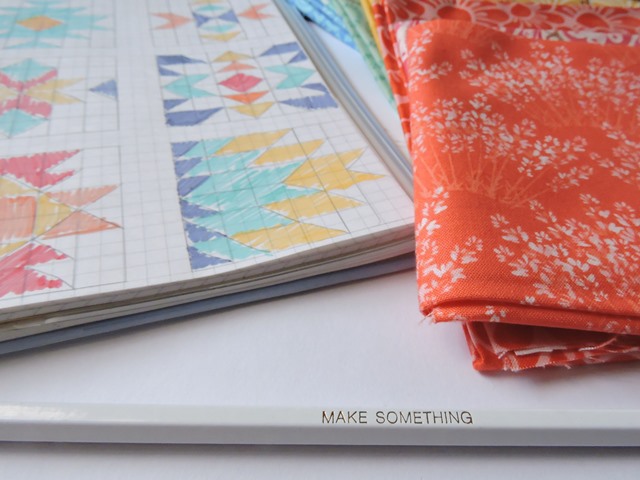
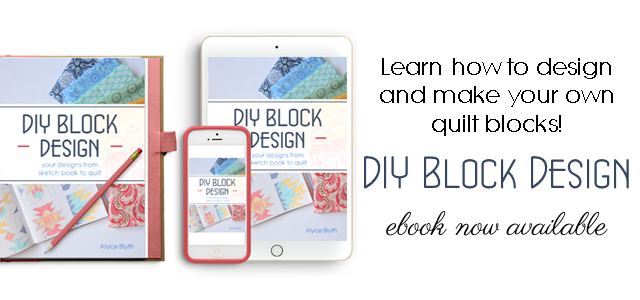
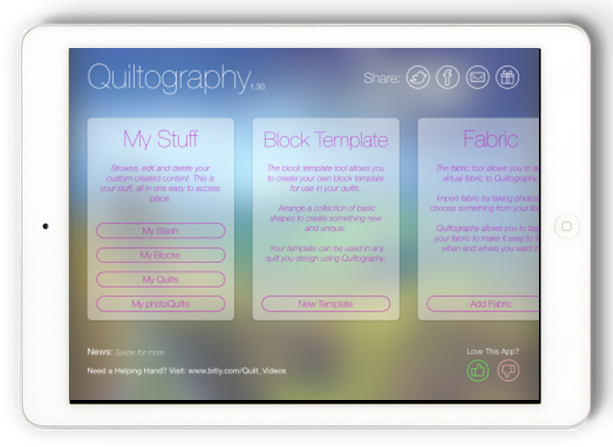
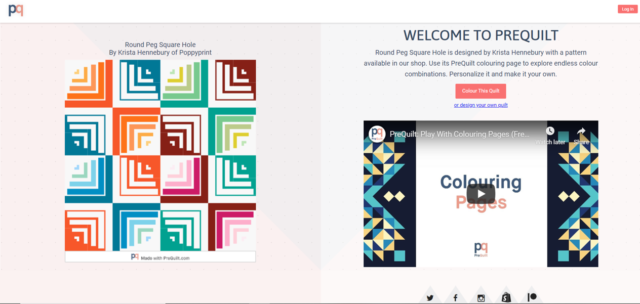
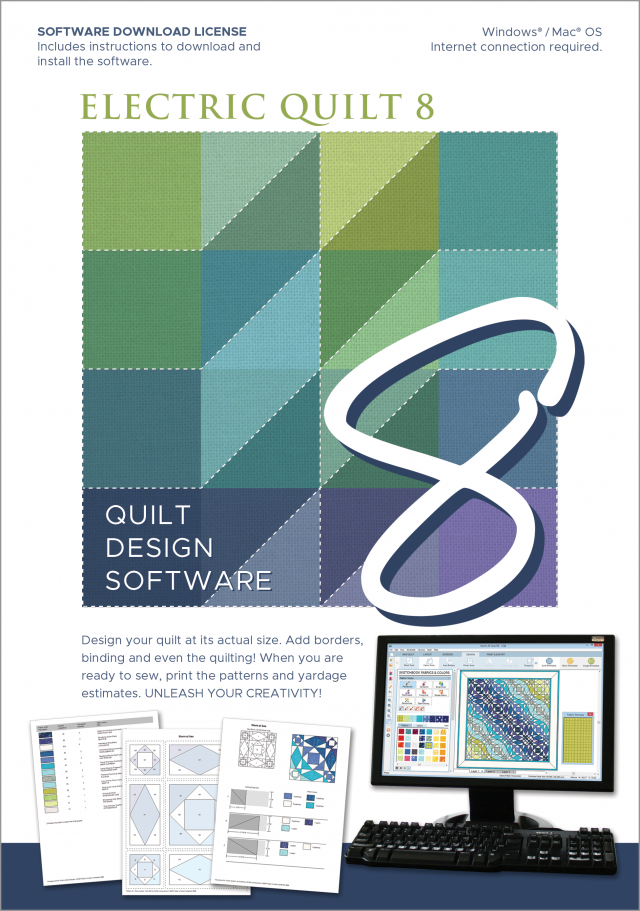
Sarah Bailey says
Don’t forget about the free PC-only app Quilt Assistant. Perfect for paper piecing patterns, and traditional blocks, and it’s free!
Alyce says
Oh! I had forgotten about that one! I started using that first actually, but got frustrated at not being able to do everything I wanted, so upgraded to EQ7. But yes, it’s very good for starting out and giving designing a try.
Chantal says
Thank you, it’s very interesting. I will be doing a demo at my guild next meeting about calculating fabric yardage. I just did a demo on how to resize a block and I think I lost half of the audience with simple maths. Your post gives me new ideas.
Barb Beath says
With your program can you upload pictures of fabric that you want to place in the quilt and deside what ones look tje best in curtain places
Brenda Wagner Odom says
I was never able to get Quilt Assistant to work for me. I have used a lot of software over the years, but this one didn’t seem as intuitive as I need.